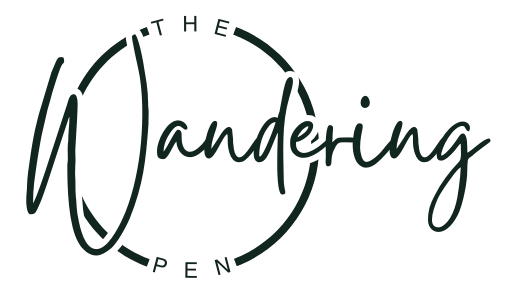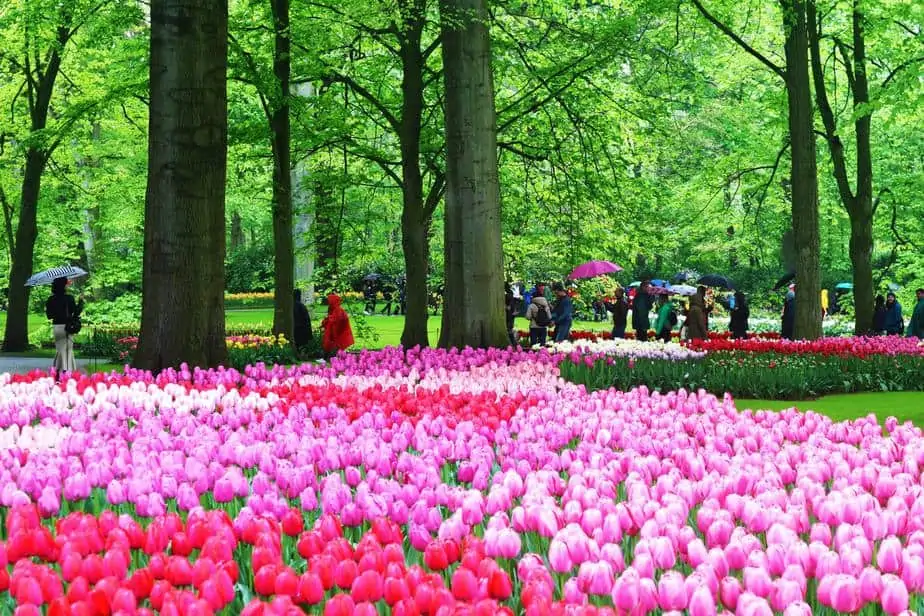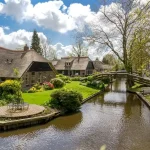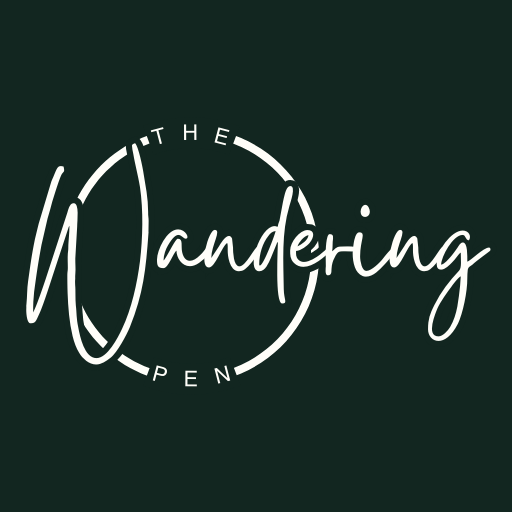Spring is the season when flowers put on their most colorful show, and when it comes to Europe, few places rival the Keukenhof Flower Garden in the Netherlands. Let’s explore one of the world’s most iconic springtime gardens.
1. Introduction to Keukenhof Flower Garden
1.1. History
Keukenhof, meaning “Kitchen Garden” in Dutch, was originally part of the estate of Countess Jacoba of Bavaria in the 15th century, where herbs were grown for her kitchen. The estate changed hands over centuries, and in 1641, Adriaen Maertensz Block, a governor of the Dutch East India Company, built the Keukenhof Castle and expanded the land to over 200 hectares.
In 1857, the renowned landscape architects Jan David Zocher and his son Louis Paul Zocher redesigned the castle gardens, laying the groundwork for what would become Keukenhof.
By 1949, a group of flower exporters proposed using the estate for a flower exhibition, aiming to support Dutch horticulture. In 1950, Keukenhof opened to the public and attracted 236,000 visitors in its first year. Since then, the garden has become a global attraction, showcasing the Netherlands’ floral heritage.
1.2. Mission
Covering 32 hectares, Keukenhof is one of the largest flower gardens in the world, with over 7 million tulips blooming in various colors, shapes, and sizes. More than just a tourist attraction, it’s a platform for over 100 companies and 500 flower growers to present their best varieties through numerous flower shows held annually.
1.3. Location
Keukenhof is located in Lisse, about 40 km south of Amsterdam. This picturesque town becomes a floral wonderland every spring.
1.4. Ticket Prices
- Adults: €19
- Children (4–17): €9
- Children under 3: Free
- Car parking: €6
1.5. Opening Hours
The garden is open for approximately 8-9 weeks each year, typically from late March to mid-May. Daily opening hours are from 8:00 AM to 7:30 PM.
2. Getting to Keukenhof from Amsterdam
Keukenhof is located near major cities like Amsterdam, The Hague, and Rotterdam. If you’re not driving, public transportation is a convenient option. Here’s how you can get there:
2.1. Shuttle Bus
- From De Ruijterkade near Amsterdam Central Station: Departs every 30 minutes between 9:00 AM and 2:30 PM, travel time ~45 minutes.
- From “This is Holland” (after taking the free ferry): Also departs every 30 minutes during the same time window.
2.2. Public Bus Options
- Bus 854 from Schiphol or Leiden Central
- Bus 852 from Amsterdam RAI
- Bus 859 from Hoofddorp
Combo tickets (entry + round-trip transport) cost around €32.50.
2.3. Train + Bus
Take a train from Amsterdam Centraal to Leiden Centraal (€19 round-trip), then transfer to bus 854 to reach Keukenhof. A combo ticket from Leiden is available for €27.50.
3. Main Attractions at Keukenhof
With 32 hectares of land, Keukenhof offers an array of attractions beyond tulips. Visitors can explore Dutch heritage and floral artistry through these highlights:
Keukenhof Windmill
Overlooking vast tulip fields, the windmill is a perfect observation point. Climb up for panoramic views of colorful fields and the serene river below.
Keukenhof Castle
This 17th-century castle offers a glimpse into Dutch nobility’s past with its classic architecture and elegant surroundings.
The Maze
Near the Willem-Alexander Pavilion, this garden maze offers fun and photo ops. A viewing platform nearby provides a bird’s eye view.
Themed Pavilions Named After Dutch Royalty
- Willem-Alexander Pavilion: A central hub showcasing an impressive tulip collection.
- Beatrix Pavilion: Home to exotic orchids and rare floral species.
- Wilhelmina Pavilion: Located near the main lake, this area includes a restaurant and a historic hut named “Keukenhof,” the park’s original entrance.
- Juliana/Tulpomania Pavilion: Features a fascinating exhibition on the 17th-century tulip mania that once shook the Dutch economy.
- Oranje Nassau Pavilion: Hosts ongoing flower shows and artistic performances.
4. Suggested Itinerary for a Day at Keukenhof
To make the most of your visit, it’s recommended to start early (around 8:00 AM) on a weekday to avoid crowds. Here’s a sample plan:
Start with Tulip Mania Exhibit
Begin your visit at the Juliana Pavilion to learn about tulip history and its economic impact centuries ago.
Explore the Main Pavilions
Visit Willem-Alexander, Beatrix, and Oranje Nassau pavilions for a deep dive into the world of tulips, orchids, and artistic displays.
Take a Boat or Bike Ride
Consider a 45-minute boat tour (€5-10) or rent a bike to explore nearby flower fields and charming villages.
5. Food at Keukenhof
Food inside the park can be expensive, so packing a lunch for a picnic is a smart idea. There are many scenic spots with benches around the park where you can relax and eat. Alternatively, you can grab snacks from convenience stores on-site.
Frequently Asked Questions
Can I bring my own food into the park?
Yes, you can bring your own food and drinks, but consumption is not allowed inside the park’s restaurants.
Can I walk into the tulip fields?
No, entering the flower fields is not allowed to prevent damage. You can take photos from designated paths.
Is there luggage storage at Keukenhof?
Yes, there are lockers available near the main entrance. The locker size is approximately 25x55x45 cm.
Even if you’re not a flower enthusiast, the visual and sensory experience at Keukenhof is unforgettable. Add this breathtaking destination to your travel wishlist—you won’t regret it.











